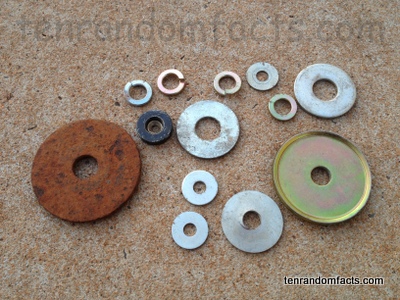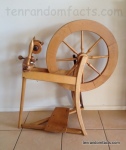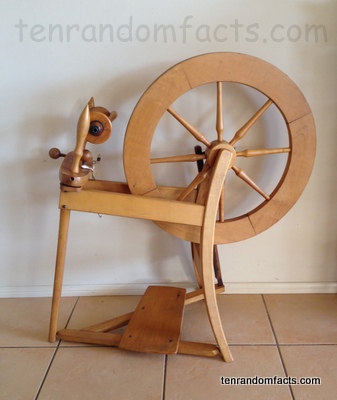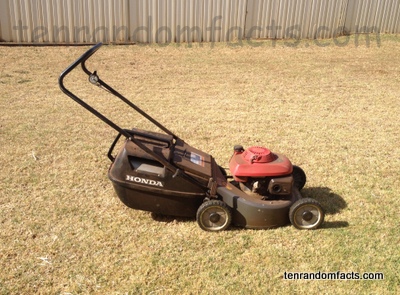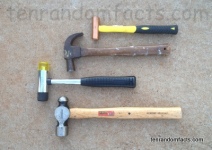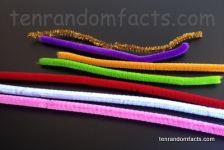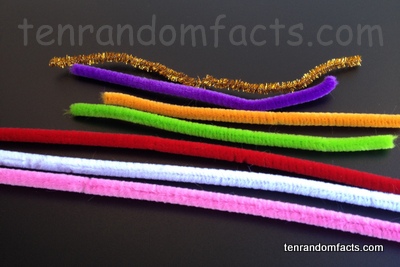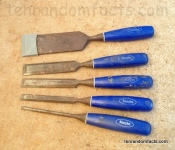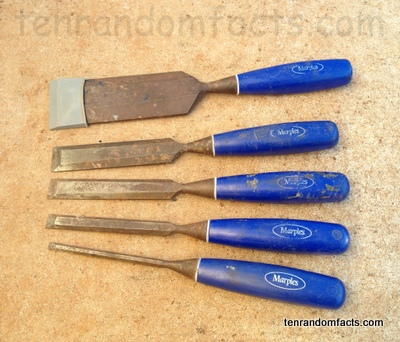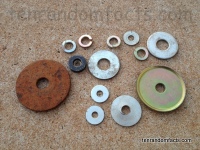
Washers do not wash… but they spread pressure around.
- Washers are generally a circular shaped item, often thin, with a central hole used primarily to spread pressure from a central fastening point.
- Some washers are used as a spring, spacer, locker or to prevent corrosion.
- There are three main different types of washers: ‘plain’, used to spread load and to insulate objects; ‘spring’, to prevent vibrations loosening the fastener; and ‘locking’, to stop the fastener loosening by unscrewing.
- Washers have numerous forms, which have been classified in the United Kingdom from 1968 using letters A-G, and further classified using diameter and thickness.
- Washers, although generally flat, can be bevelled or indented, have curved edges or be a split ring.
- Washers are typically made of metal, often stainless steel, or plastic, as well as materials such as rubber.
- Washers can reach sizes of 3 to 175 millimetres (0.1 to 7 inches) in diameter and 0.3 to 14 millimetres (0.01 to 0.55 inches) in thickness.
- The first reference of the term ‘washer’ originated in the mid 1300s, although its etymology is uncertain.
- Although generally circular in shape, washers can be the shape of a square, star or gear.
- Washers are typically silver in colour, although they can be coloured copper or gold, the colour of which is often related to the material used.



